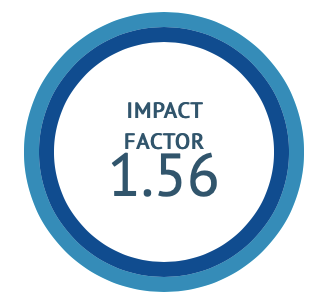In-vitro antidiabetic, Hepatoprotective activities and HPTLC finger print profile of Azadirachta indica flower
DOI:
https://doi.org/10.47552/ijam.v16i2.5685Keywords:
Alpha amylase, HPTLC, Alpha glucosidase, Azadirachta indica, Antidiabetic, Hepato-protectiveAbstract
As per Siddha literature Azadirachta indica A.Juss relieves nausea, dry mouth, loss of taste, vomiting, prolonged pain and stomach worms; the infusion /decoction of neem flower improves the strength and cures ulcer. Objective: The core objective of the current evaluation is to study the antidiabetic activity against α-amylase and α-glucosidase, carbon tetrachloride induced hepato-protective activity from the ethanolic extract of Azadirachta indica and to study HPTLC of ethanolic extract as a quality regulatory parameter of the authentic drug. Methods: The in-vitro antidiabetic activity was assessed by measuring the inhibition of α-glucosidase and α-amylase. The 3,5-dinitrosalicylic acid method was used for the α-amylase inhibition assay, and α- glucosidase from Saccharomyces cerevisiae of enzyme inhibition assay, with minor modifications made to the standard drug acarbose of each activity. In -vitro experimental study involved administration of CCl4 to goat liver homogenate in in-vitro to induce hepatotoxicity. Experimental protocol involved 6 experimental groups each containing goat liver homogenate. Results: The extract exhibited a substantial level of anti-diabetic activity when related with standards. As the concentration of neem flower increased, there was a concomitant increase in the α-amylase inhibition activity. The result was significant as the A. indica showed 39 % inhibitory activity with 200 μg concentration as compared to 36 % inhibitory activity exhibited by acarbose for the same concentration. Conclusion The extract revealed statistically significant decline in protein levels, liver biomarkers like alkaline phosphatase, alanine aminotransferase and aspartate aminotransferase in extract exposed group as compared to control group.
Downloads
Published
How to Cite
Issue
Section
License
Copyright (c) 2025 International Journal of Ayurvedic Medicine

This work is licensed under a Creative Commons Attribution-NonCommercial-ShareAlike 4.0 International License.
The author hereby transfers, assigns, or conveys all copyright ownership to the International Journal of Ayurvedic Medicine (IJAM). By this transfer, the article becomes the property of the IJAM and may not be published elsewhere without written permission from the IJAM.
This transfer of copyright also implies transfer of rights for printed, electronic, microfilm, and facsimile publication. No royalty or other monetary compensation will be received for transferring the copyright of the article to the IJAM.
The IJAM, in turn, grants each author the right to republish the article in any book for which he or she is the author or editor, without paying royalties to the IJAM, subject to the express conditions that (a) the author notify IJAM in advance in writing of this republication and (b) a credit line attributes the original publication to IJAM.




